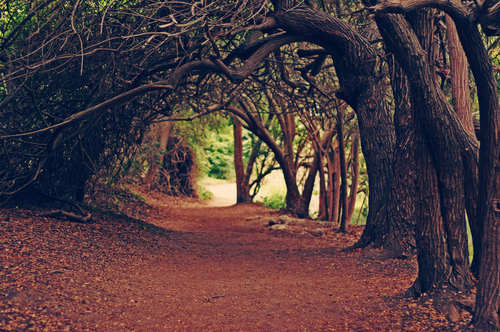Most people can relate to the joy of using charcoal for
creative pursuits but what may stick out in some people’s minds is the terrible
mess it left on their fingers afterwards. This blog entry hopes to solve that
issue with a method of creating your very own charcoal pencil out in the woods
with very minimal preparation. This activity is popular with both children and
adults alike as it allows people to see a transformation take place before them
before being able to use the result themselves. When this activity is coupled
with the fascinating science behind it, it can become a valuable experience for
all involved.
Here is a list of what you will need to create your charcoal
pencil, the first three items you can scavenge in the woods but the others will
need to be brought:
- A fire
- Small willow or hazel sticks
- Small Elder wood sticks
- Potato peelers or knives
- Tent pegs
- An old metal paint or sweet tin
- Ensure the lid is tight fitting and create a hole in its centre approximately one cm in diameter
First off you must remove all the bark from the willow or
hazel sticks, this can either be done with a potato peeler or a knife. I find a
knife to be quicker and easier but a potato peeler is far more suitable for
younger explorers. Whilst this is going on, and it may take some time, an adult
should start a controlled fire ensuring it can hold the weight of a full tin of
sticks.
Once the sticks are bare and the fire is roaring, cut the
sticks so they can fit into your metal tin and ensure you put as many in as you
can so you can refill your charcoal pencil later! Then carefully place the tin
on top of the fire.
The process taking place inside the tin takes at least 45
minutes to complete, which provides ample time for you to regale your
companions with the science behind the changes and how sticks become charcoal.
As the bare wood becomes heated slowly within the tin it
becomes drier, water within the wood is evaporated. As the wood becomes hotter
the compounds of it begin to change and the process of gassification takes
place. During this process, organic materials convert into gasses such as
carbon dioxide.
The reason that the wood does not simply burst into flames
is due to the lack of oxygen present, the hole in the lid of the tin acting
only as a way for the gasses being exuded by the smouldering wood to escape.
Eventually the vast majority of organic compounds previously found within the
wood would have been burned away, leaving behind almost pure carbon in the form
of charcoal.
Once the tin is taken out of the fire and left to cool, the
elder wood sticks can be partially hollowed out by using a tent peg. Then
simply insert a cooled piece of charcoal and cut to size and voila, your very own
charcoal pencil is ready to be used!







